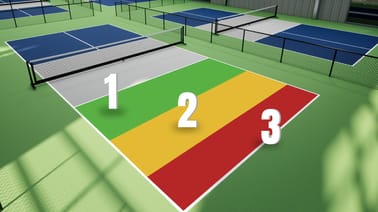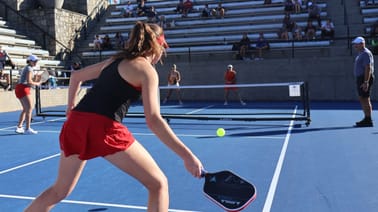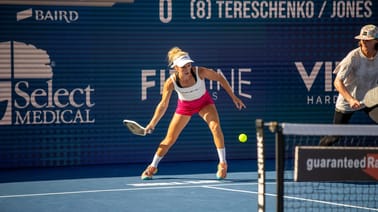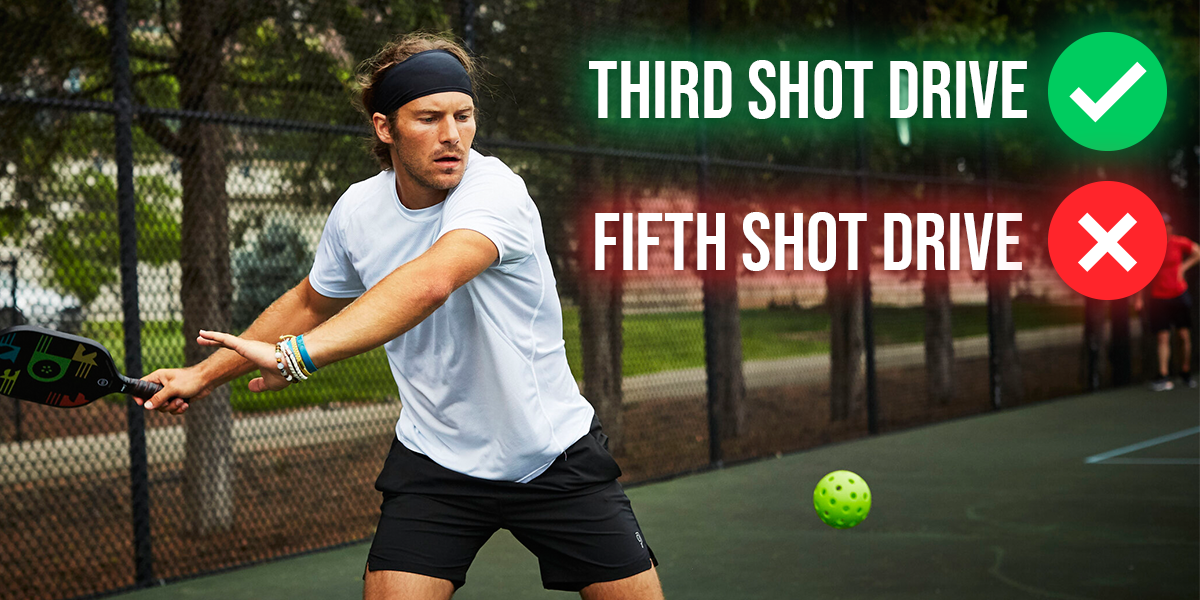
For most pickleball players, drives are the first shot they learn to hit consistently well.
Drives are typically easier to develop and come more naturally because most of us are at least familiar with swinging a piece of sports equipment (think bat, golf club, racquet, etc.) toward a ball. Drop shots are a bit more complicated and take some dedicated practice to develop.
This makes the drive the shot of choice for most players – especially, at lower skill levels.
As you gain experience as a player and move up in levels, you should begin adapting a "third shot drop" or "third shot drive" strategy. This is one of the most basic strategies players learn in pickleball.
Third shots are probably the most important shots in pickleball. But that’s not what this article is about. Instead, we’re discussing another important shot: the fifth. Specifically, we’re going to break down why driving a ball on your fifth shot is likely costing you pickleball matches and what you should do instead.
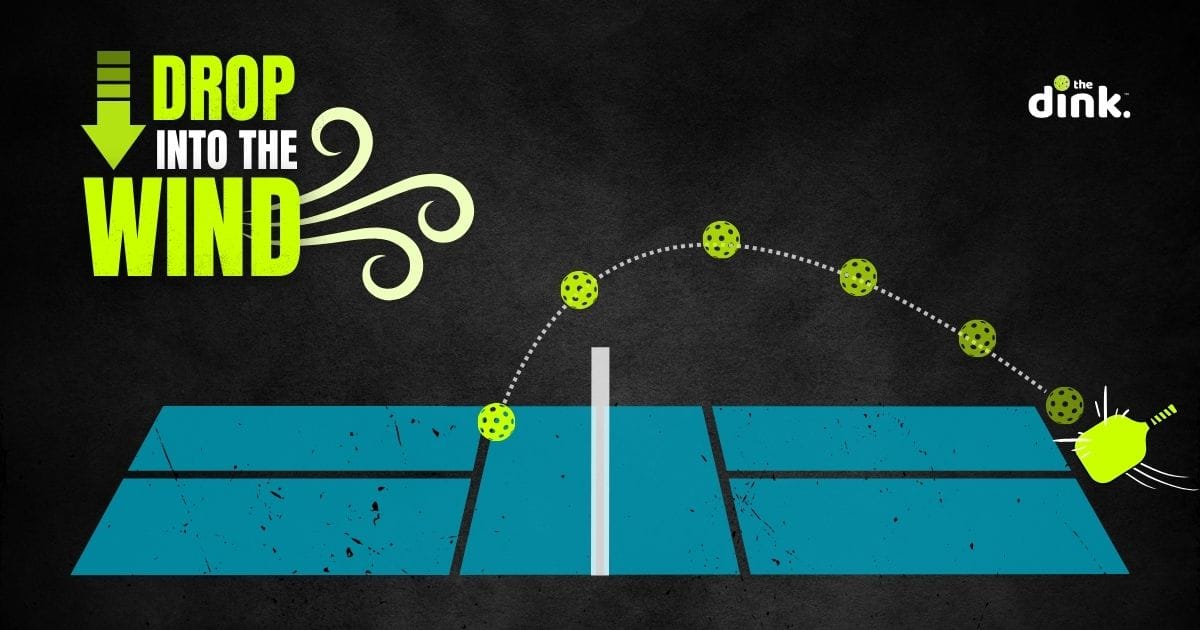
What is the Fifth Shot?
Just so everyone is on the same page, here is what we mean when discussing fifth shots:
- Shot No. 1 - Serve
- Shot No. 2 - Return of Serve
- Shot No. 3 - Third Shot (made by serving team)
- Shot No. 4 - Fourth Shot (made by returning team)
- Shot No. 5 - Fifth Shot (made by serving team)
Third and fifth shots are so critical in pickleball because they often determine whether the serving team will make it to the NVZ line. Which we know is important because getting to the line goes a long way to helping your team win matches.
Why You Should Not Drive the Fifth (most of the time)
A third-shot drive is excellent. Many players, including pros, often drive on the third shot. The reason it’s a great shot, though, is because of player positioning. The double bounce rule dictates that the serving team must wait for the ball to bounce, and oftentimes, that means we are stuck close to the baseline as the return is coming our way.
Because we are so far back, when we drive the ball, we have the benefit of having a lot of court space to work with (almost the full 44 feet). However, on the fifth shot, we are closer to the NVZ line than we were one shot ago. Instead of 44 feet to work with, we may have closer to 35 feet (more or less). That means our drive on the fifth has an increased chance of going out of bounds long.
This makes driving on your fifth shot riskier. Could you get away with hitting another drive on the fifth shot? Absolutely. Especially if you’re playing weaker opponents. But, as you progress in skill level, that fifth shot drive becomes a liability. So, we need an alternate strategy.
What to Do on Your Fifth Shots Instead
Instead of driving your fifth, you should consider dropping it. Why? First, dropping the ball into a good spot in your opponent’s kitchen is much easier because you are closer to the net. Second, as discussed, hitting a successful drive that stays in bounds is much harder.
And perhaps most importantly, the entire goal of your third or fifth (or even your seventh or ninth) shot in a rally is simply to help your team safely get to the kitchen line.
What shot helps you get to the line the easiest? The drop shot.
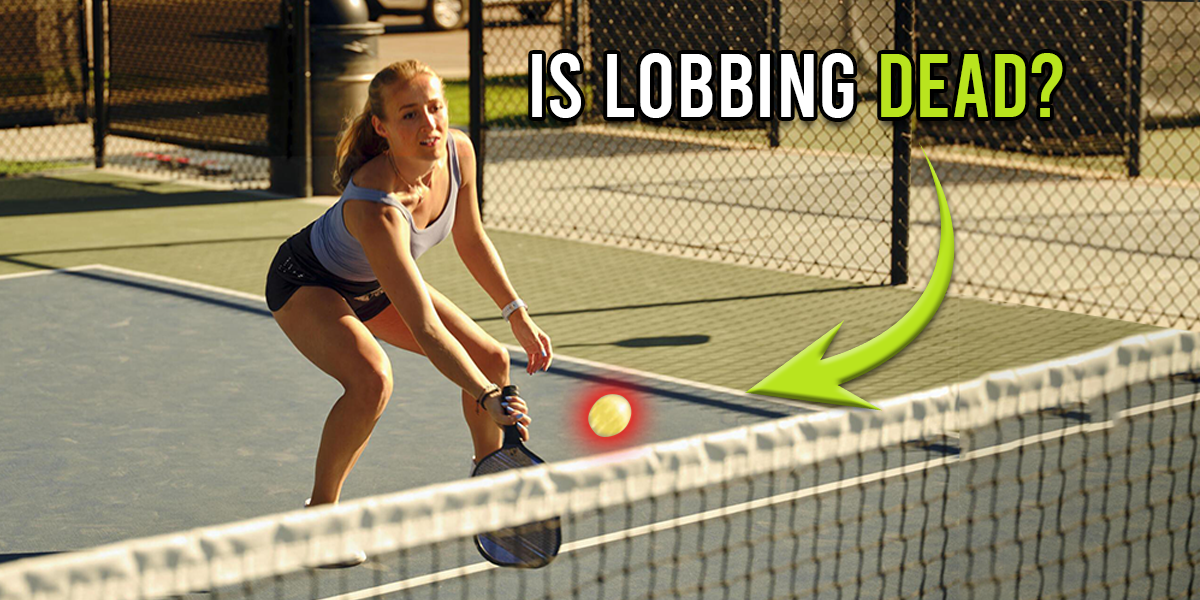
It’s worth reiterating. Yes, there will be times when you could win the point outright with a drive. But, that’s not necessarily what you’re trying to accomplish with your fifth shot.
Reasons You Might Still Drive the Fifth
Bangers rejoice. It’s contradiction time. Is there ever a time when driving your fifth shot is the right play? Absolutely. Ignore everything you’ve read so far if one of these situations occurs in your games.
Your Opponents Can’t Handle the Heat
If you’re playing against opponents who can’t handle your pace or consistently miss hit drives, there’s no reason to stop driving the ball until they prove they can return it. In fact, this is a common strategy for some. They will bang away with drive after drive until their opponents make them stop, and then they’ll switch it up.
Your Opponents Don’t Let Balls Go Out
Another common error by lesser-skilled players is not letting out balls go out.
No matter how high you hit your drive, they feel the need to chase after it. Maybe it’s because of inexperience or maybe they just want to prove they can block a ball well. Whatever it is, keep driving at them. When they stop chasing out balls, then change your strategy.
Your Opponent Hits a High Fourth Shot
If your opponent’s block shots come back high and soft, there’s absolutely no reason not to get on top of the ball and drive it down into their feet. So, if their fourth shots are weak and easy to drive, drive your fifth.
Your Drop Shot is Legit Awful
Perhaps the last reason to pull the trigger on the fifth shot is that you can’t hit a drop shot to save your life. If the drive is all you have, then use it. Hitting a consistent drop shot is hard. This video can help.
Good luck.




